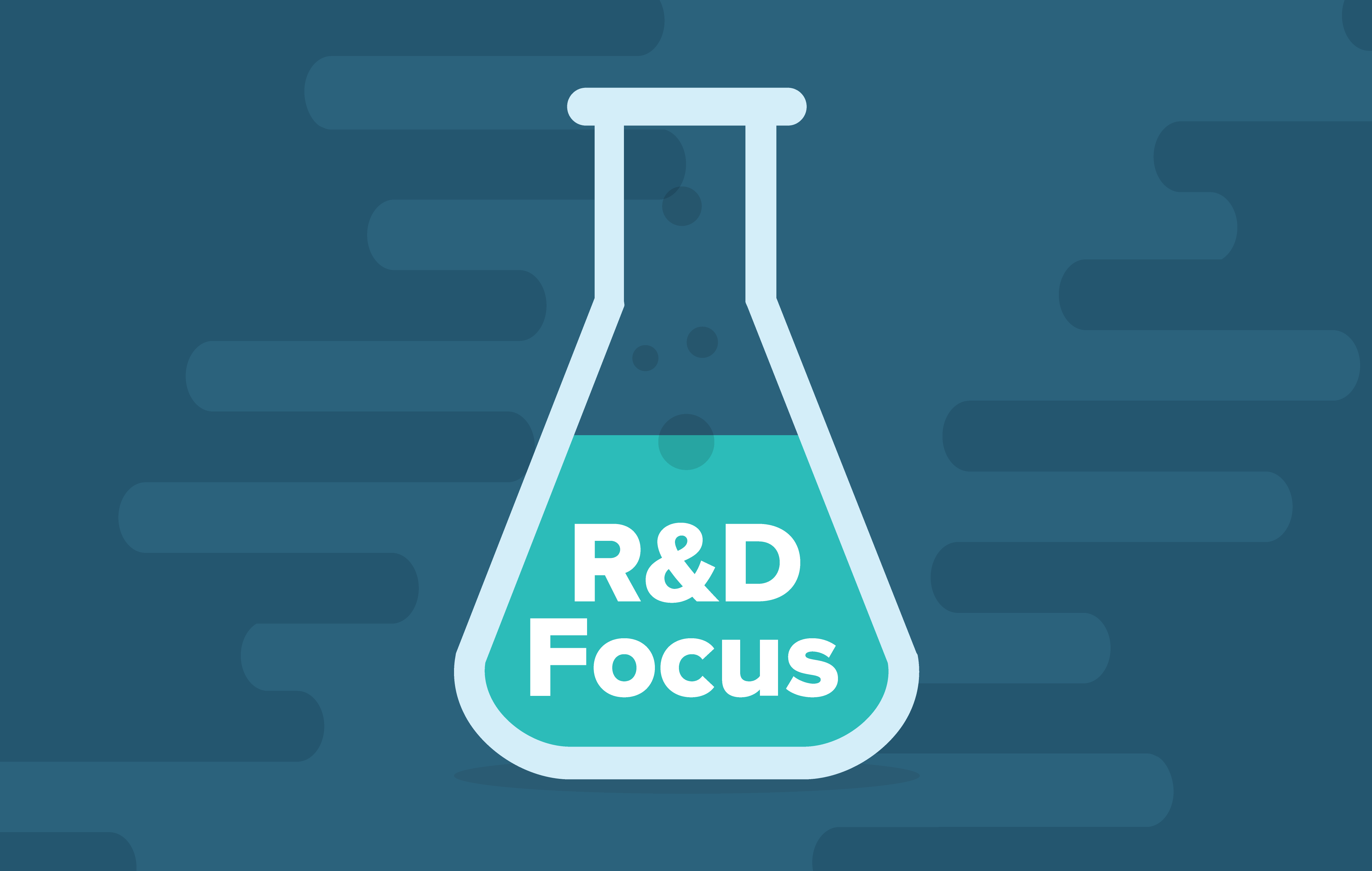America’s biopharmaceutical companies are at the heart of a research and development (R&D) ecosystem that develops more innovative medicines than any other country in the world. The ongoing development of new, life-saving and life-improving medicines, including those for COVID-19, would not be possible without the robust investment, scientific expertise and manufacturing capabilities from biopharmaceutical research companies.
In recent years, rapid advances in scientific discovery have ushered in a new era of medicine, transforming our ability to treat, and in some cases cure, some of the most challenging diseases, including cancer, rare diseases and autoimmune conditions. These advancements are due to the productivity of the United States’ biomedical R&D ecosystem, which is sustained by a policy framework designed to support and advance America’s leadership in the innovation of new medicines including strong intellectual property protections, a well-functioning, science-based regulatory system and coverage and payment policies that support and encourage medical innovation.
A new report from the Congressional Budget Office (CBO) highlights the industry’s robust investment in R&D, the complementary role public sector partners play in drug development and the impact that results for patients across the globe. Here is a closer look at a few of the report’s key findings:
R&D Investments
- “In 2019, the pharmaceutical industry spent $83 billion dollars on R&D. Adjusted for inflation, that amount is about 10 times what the industry spent per year in the 1980s.”
- “NSF’s [National Science Foundation] estimates of R&D spending since 2008 suggest that PhRMA members’ worldwide R&D spending constitutes about 75 percent to 85 percent of the [biopharmaceutical] industry total, depending on the year.”
- “In recent years, the pharmaceutical industry’s R&D spending as a share of net revenues [sales less expenses and rebates] has increased … and it exceeded 25 percent in 2018 and 2019….By comparison, average R&D intensity across all industries typically ranges between 2 percent and 3 percent. R&D intensity in the software and semiconductor industries, which are generally comparable to the drug industry in their reliance on research and development, has remained below 18 percent.”
Drug Development
- “Developing new drugs is a costly and uncertain process, and many potential drugs never make it to market. Only about 12% of drugs entering clinical trials are ultimately approved for introduction by the FDA.”
- “The development process [for a new medicine] often takes a decade or more, and during that time the company does not receive a financial return on its investment in developing that drug.”
- “Between 2010 and 2019, the number of new drugs approved for sale increased by 60 percent compared with the previous decade, with a peak of 59 new drugs approved in 2018.”
Public & Private Engagement
- “Empirical studies find that public-sector research tends to increase private R&D rather than to decrease it—that is, they are complements, not substitutes.”
- “Federal regulatory policies that affect either drug supply or drug demand can influence drug companies’ returns on R&D spending, which would in turn affect the amount they were willing to spend on R&D. Proposed regulation of some drug prices would affect the sales volumes of existing drugs and, as a result, expected returns on R&D on future drugs; in turn, lower expected returns would result in fewer new drugs. Changes to regulation of clinical trials would also affect the supply of new drugs.”
This report demonstrates the lifesaving work biopharmaceutical scientists and researchers do every day and serves as an important reminder of what’s at stake when policymakers consider draconian policies that would stifle investment in future biomedical innovation.
To learn more about research and development and Member Company investment visit, https://www.phrma.org/Advocacy/Research-Development.



